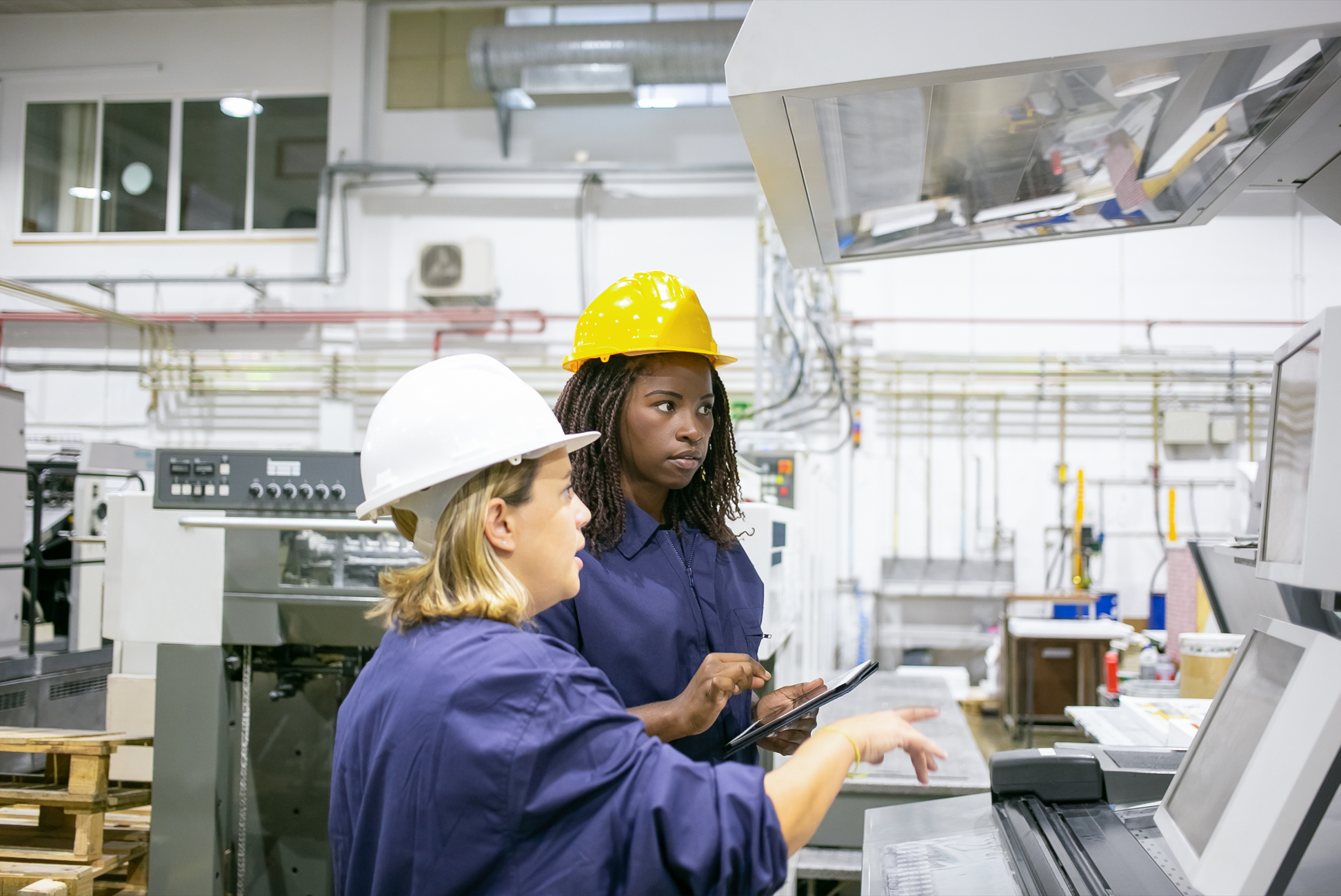
The past couple of years have seen an increase in government-supported initiatives to increase heat pump installations nationwide. In September 2023, a coalition of 25 state governors announced their intention to deploy 20 million heat pumps by 2030, essentially quadrupling the number of heat pumps nationwide. Further, in February 2024, nine states signed a memorandum of understanding to phase out the sale of new fossil fuel heating technologies. Those states committed to ensuring heat pumps comprise 65 percent of new sales of heating technologies in residential buildings by 2030 and 90 percent by 2040.
But where will all of these heat pumps come from? Increasingly, the answer is the United States. Nationwide, the Clean Economy Tracker has mapped 27 announced heat pump manufacturing facilities. As of October 20, these 27 facilities represent over $800 million in announced investment as well as almost 5,000 jobs. The investments are roughly evenly split between Republican and Democratic Congressional districts (based on the investment amount by current member in the House of Representatives). These facilities largely manufacture air source or geothermal heat pumps, in addition to heat pump water heaters.
Almost all of these facilities are on the east coast or the Midwest (see Figure 1). Louisiana eclipses all other states with $336 million in announced investment (due to the Honeywell facility), followed by Kentucky at $143.5 million and Pennsylvania at $89 million. AlliedSignal ($336 million), Mitsubishi ($143.5 million), and Johnson Controls ($135.7 million) are the leading parent companies in terms of private investment. For announced jobs, Kansas has seen more than 1,780 new jobs, followed by Texas at nearly 800 jobs and Pennsylvania at 650 jobs.
The larger manufacturing facilities expect annual production in the tens of thousands of units. Johnson Controls, for instance, announced in November 2023 a new annual production of 200,000 units across its Kansas, Pennsylvania, and Texas manufacturing facilities — an increase of 200 percent. Note that these figures are estimates in that they rely on public announcements by individual parent companies.
Figure 1: Announced Public and Private Investment into Heat Pump Manufacturing Facilities

The size of a manufacturing facility’s bubble represents the size of its announced investment. | Source: Clean Economy Tracker. Accessed 10/20/2024.
Many of these facilities have received federal funding to help ramp up the pace of their manufacturing expansion. Namely, $250 million was appropriated in the Inflation Reduction Act specifically to fund heat pump manufacturing and deployment through the Defense Production Act. This funding has been fully awarded through two funding rounds in November 2023 and August 2024.
The funding supports the retrofitting and expansion of a number of facilities. Mitsubishi received the largest award at $50 million, for their Kentucky electric compressor manufacturing facility. This funding supports the diversification of the supply chain as, “Nearly all the variable capacity compressors currently used in all-climate heat pumps sold in the U.S. are manufactured in Asia.” Also receiving significant investment were Daikin ($39 million), for their Texas Technology Park air source heat pump assembly facility, Johnson Controls’ subsidiary York International ($33 million), for their Kansas, Pennsylvania, and Texas air source heat pump assembly facilities, and A.O. Smith ($25 million), for their heat pump water heater assembly facility in Tennessee. This federal funding supported the first significant announcements in heat pump manufacturing in the U.S. since 2017.
Many of the press releases detailing private investment into heat pump manufacturing do not specify the type of heat pump technology. To meet the installation and deployment goals of state governments, manufacturing a diversity of heat pump components and technologies such as cold climate heat pumps will be necessary, particularly in Midwestern and Northeastern states. However, continued significant investment will be needed to further diversify the domestic supply chain.



